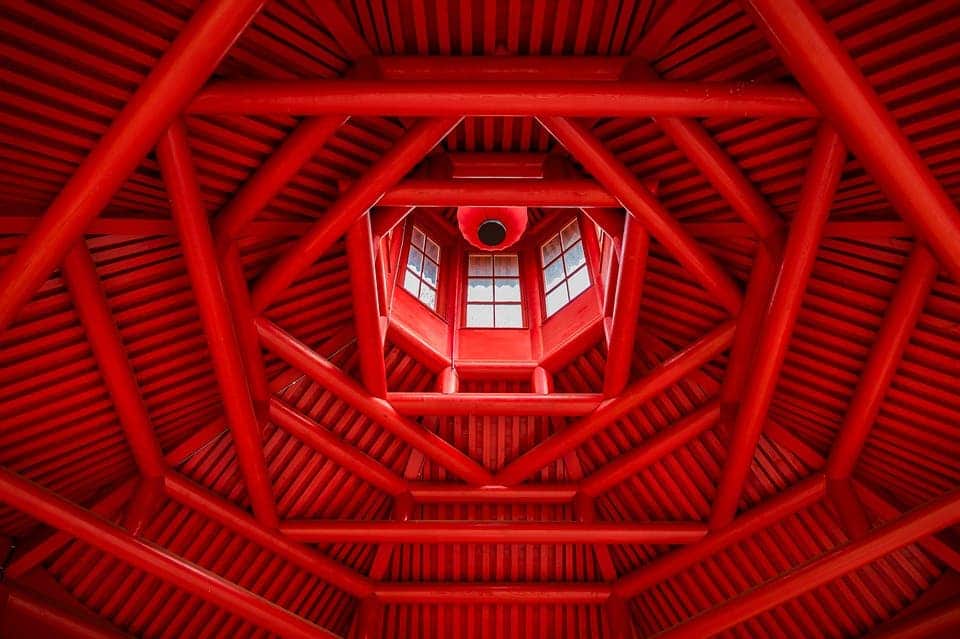A US-based research team has trained artificial intelligence (AI) in design, with pretty good results.

Image credits Achim Scholty.
Although we don’t generally think of AIs as good problem-solvers, a new study suggests they can learn how to be. The paper describes the process through which a framework of deep neural networks learned human creative processes and strategies and how to apply them to create new designs.
Just hit ‘design’
“We were trying to have the [AIs] create designs similar to how humans do it, imitating the process they use: how they look at the design, how they take the next action, and then create a new design, step by step,” says Ayush Raina, a Ph.D. candidate in mechanical engineering at Carnegie Mellon and a co-author of the study.
Design isn’t an exact science. While there are definite no-no’s and rules of thumb that lead to OK designs, good designs require creativity and exploratory decision-making. Humans excel at these skills.
Software as we know it today works wonders within a clearly defined set of rules, with clear inputs and known desired outcomes. That’s very handy when you need to crunch huge amounts of data, or to make split-second decisions to keep a jet stable in flight, for example. However, it’s an appalling skillset for someone trying their hand, or processors, at designing.
The team wanted to see if machines can learn the skills that make humans good designers and then apply them. For the study, they created an AI framework from several deep neural networks and fed it data pertaining to a human going about the process of design.
The study focused on trusses, which are complex but relatively common design challenges for engineers. Trusses are load-bearing structural elements composed of rods and beams; bridges and large buildings make good use of trusses, for example. Simple in theory, trusses are actually incredibly complex elements whose final shapes are a product of their function, material make-up, or other desired traits (such as flexibility-rigidity, resistance to compression-tension and so forth).
The framework itself was made up of several deep neural networks which worked together in a prediction-based process. It was shown five successive snapshots of the structures (the design modification sequence for a truss), and then asked to predict the next iteration of the design. This data was the same one engineers use when approaching the problem: pixels on a screen; however, the AI wasn’t privy to any further information or context (such as the truss’ intended use). The researchers emphasized visualization in the process because vision is an integral part of how humans perceive the world and go about solving problems.
In essence, the researchers had their neural networks watch human designers throughout the whole design process, and then try to emulate them. Overall, the team reports, the way their AI approached the design process was similar to that employed by humans. Further testing on similar design problems showed that on average, the AI can perform just as well if not better than humans. However, the system still lacks many of the advantages a human user would have when problem-solving — namely, it worked without a specific goal in mind (a particular weight or shape, for example), and didn’t receive feedback on how successful it was on its task. In other words, while the program could design a good truss, it didn’t understand what it was doing, what the end goal of the process was, or how good it was at it. So while it’s good at designing, it’s still a lousy designer.
All things considered, however, the AI was “quite good” at the task, says co-author Jonathan Cagan, professor of mechanical engineering and interim dean of Carnegie Mellon University’s College of Engineering.
“The AI is not just mimicking or regurgitating solutions that already exist,” Professor Cagan explains. “It’s learning how people solve a specific type of problem and creating new design solutions from scratch.”
“It’s tempting to think that this AI will replace engineers, but that’s simply not true,” said Chris McComb, an assistant professor of engineering design at the Pennsylvania State University and paper co-author.
“Instead, it can fundamentally change how engineers work. If we can offload boring, time-consuming tasks to an AI, like we did in the work, then we free engineers up to think big and solve problems creatively.”
The paper “Learning to Design From Humans: Imitating Human Designers Through Deep Learning” has been published in the Journal of Mechanical Design.









